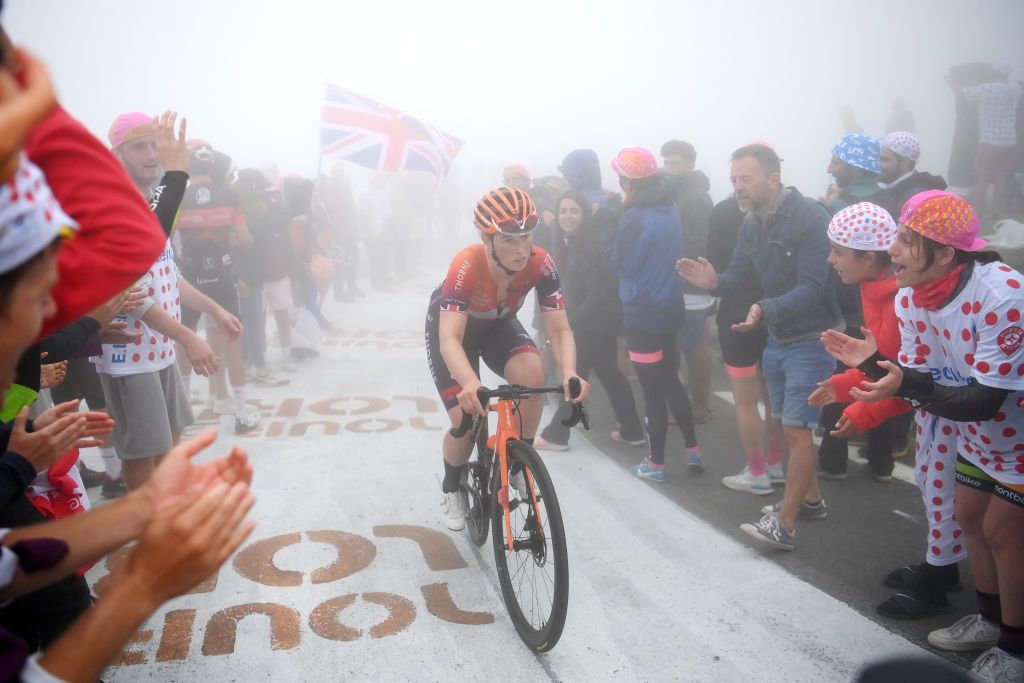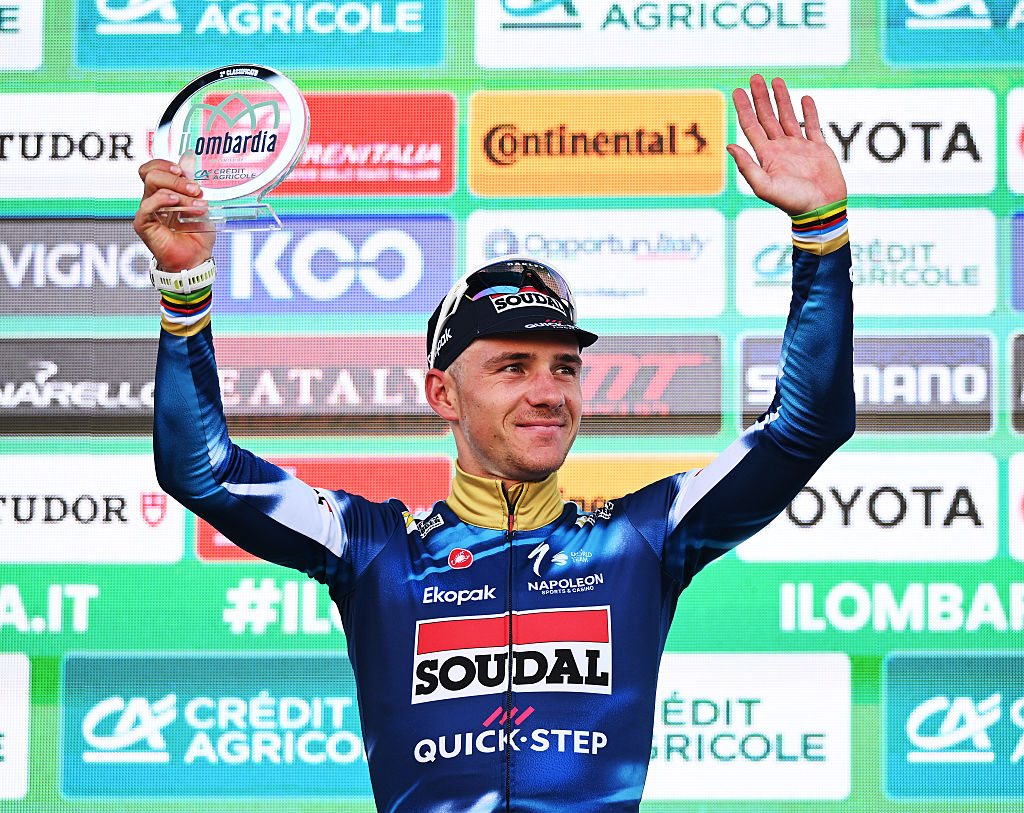How can a race in only its 4th edition carry this much weight? - Alice Wood explores the unprecedented scale of the Tour de France Femmes
'The answer lies in a powerful combination of history, visibility, and legacy' says former pro racer

Saturday, July 26, marks the start of the most prestigious race in women’s cycling: the Tour de France Femmes avec Zwift. Still in just its fourth edition, the race has already cemented itself as the biggest race on the calendar, a race where every rider dreams of competing, and where winning a stage can become a defining moment in anyone's career.
But how is that possible? How can a race in only its 4th edition carry this much weight?
The answer lies in a powerful combination of history, visibility, and legacy. The men’s Tour de France, held annually since 1903, has long been the global face of cycling. It's broadcast in more than 190 countries, generates daily headlines during July, and is embedded deeply in sporting culture.
That same iconic name now carries the women’s peloton onto the world stage with unprecedented scale. Of course, there is history to be found in the women’s race with many attempts to start and revive the race, often managed by separate organisers to that of the men's race. ASO made an attempt between 1984-1989, which ran parallel to the men's race, but due to logistical and financial difficulties, the race ceased to continue.
It’s the race everyone knows, even those outside the sport. Speaking to outsiders about being a professional cyclist, the first question is always: "Have you ridden the Tour de France?"
The Tour de France isn’t just a race; it’s a global brand, and with the ASO now promoting both the men's and women’s editions, much of the media infrastructure overlaps. That infrastructure is game-changing: busier start villages, more journalists, TV crews, and a sense of scale that riders rarely experience elsewhere.
Not every rider walks away from the Tour with a highlight reel; some leave with bruises, doubts, and quiet reflections. I know this because I was there.
The latest race content, interviews, features, reviews and expert buying guides, direct to your inbox!
I raced the Tour de France Femmes in 2023, a year I won’t look back on fondly. After a crash at Classic Brugge–De Panne in March, I returned to training and racing too quickly, driven by the looming goal of being ready for the Tour.
By July, I had endurance, but I was running on fatigue. The body wasn’t responding, and in a race where the neutral zone often starts flat out and, unfortunately for me, uphill, it wasn’t an enjoyable place to be.
I didn’t feel like I was racing. I was surviving, just holding on as long as I could until I couldn’t. I was OTL (outside time limit) on the Col du Tourmalet, just one day shy of Pau, the final stage TT.
It’s a brutal memory. I didn’t want to race the Tour de France Femmes to say I had raced it, but I wanted to be there to compete and be part of the action. But still, when someone asks if I’ve raced the Tour de France, I can say, "Yes." And sometimes, that’s enough, although I hope they never check the results sheet.
The Tour de France Femmes has changed how riders structure their seasons. After the Spring Classics, attention shifts, altitude camps, controlled training blocks, and carefully selected race schedules dominate the months leading up to July.
Some riders and teams treat races as stepping stones, training races. We saw it this year with SD Worx-Protime and Lotte Kopecky, who approached the Giro d’Italia Women, historically the longest-running women’s Grand Tour, as a training race, using it to sharpen form before the TDFF.
Recons are another sign of the shift. Most riders recon every stage of the Tour, something rarely done for any other race. Time and money invested by both riders and teams so that they can be as prepared as possible, leaving no stone unturned.
All this is possible with the development of women's cycling. There is more strength in depth across teams to be able to let riders and leaders within the TDFF teams stray from the ordinary and historic race programme to be able to undertake specific preparations for the TDFF.
As the Tour de France Femmes continues to evolve, the expectation is that it will grow, in length, in coverage, in prestige. But even now, at just four editions old, it has already surpassed every other women’s stage race in impact. It’s become the race that shapes seasons, and sometimes breaks spirits.
And yet, we all want to be there. Every rider wants to race the Tour. Every rider wants to finish it. And whether you cross the line in yellow, off the back, or not at all, the experience is one that you experience at no other race.

Subscribe to Cyclingnews for unlimited access to our Tour de France Femmes coverage. Don't miss any of the breaking news, reports, and analysis from one of the biggest women's stage races of the season. Find out more.
You must confirm your public display name before commenting
Please logout and then login again, you will then be prompted to enter your display name.
